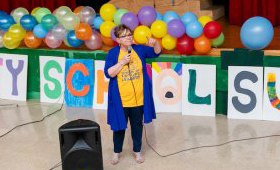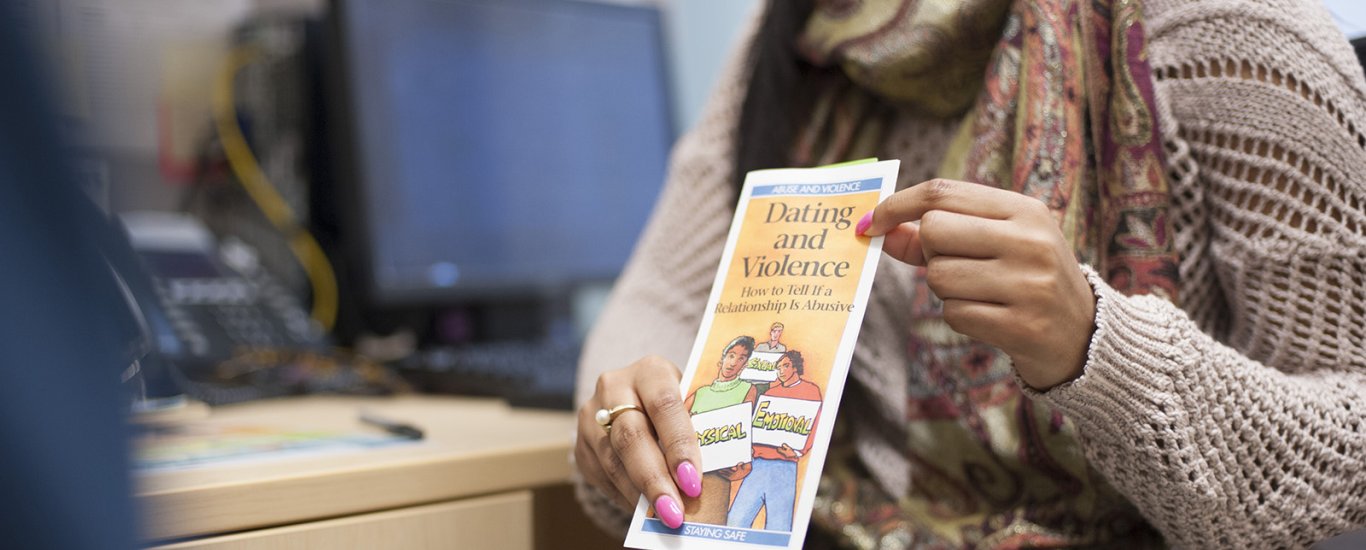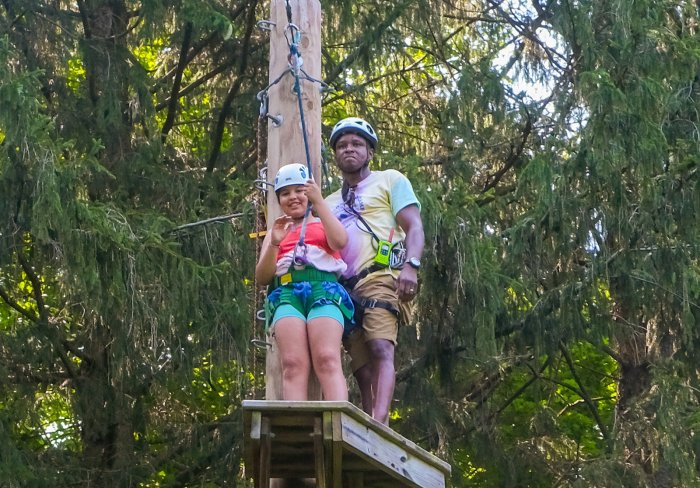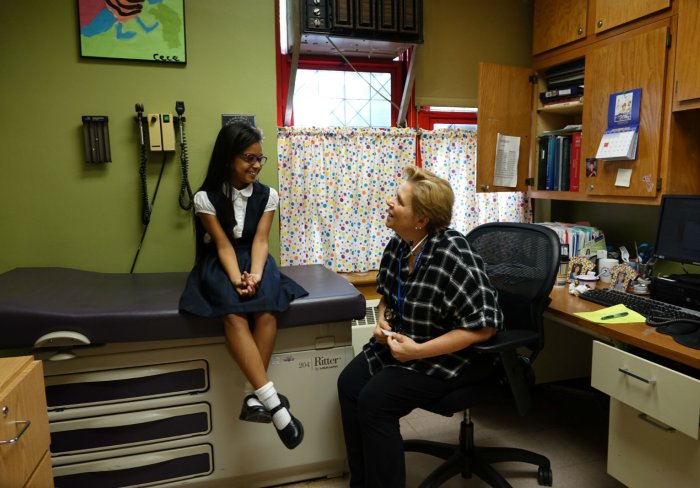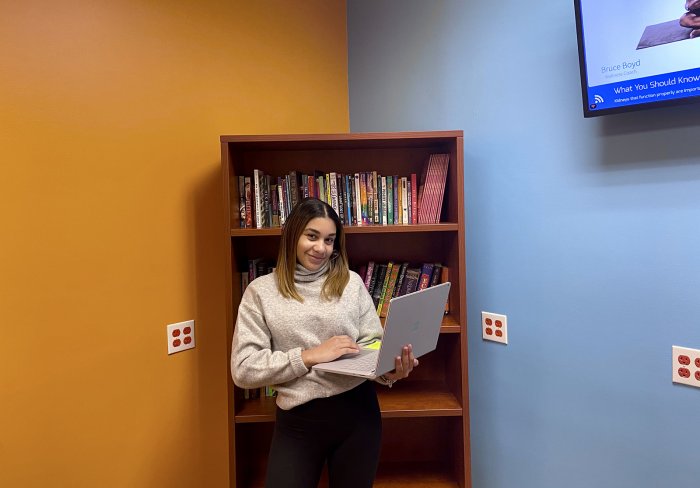The Children’s Aid Family Wellness Program helps families who have experienced physical, emotional, or other forms of domestic abuse establish long-term safety and heal from the effects of trauma.
But the pandemic has forced Family Wellness staff to get creative when providing services to people who are dealing with the effects of intimate partner violence.
“COVID is not the cause of domestic violence, but it’s pouring gasoline on the problem of intimate partner violence,” said Sally Schuss, assistant director of Domestic Violence Clinical Services. “You have everybody in an enclosed space and people are losing jobs. We are working on providing services to a population where the home is not a safe space.”
Staff work with individuals to decide when it is safe to make contact and what that contact looks like – some clients send text messages to their therapists and then quickly delete them. Staff and clients come up with code words to communicate that it is not safe to be on the phone.
Even though some clients have separated from their partners, COVID-19 has made it difficult to cut contact completely, especially if they have children.
To ensure clients have privacy when communicating with staff , Children’s Aid purchased and delivered headphones to clients, according to Nazy Kaffashan, director of Intimate Partner Violence Prevention & Intervention Services.
We have also mailed tablets to families to make sure survivors and their children can continue to receive virtual counseling.
“Although there is increased risk for our clients due to isolation, survivors of DV are incredibly resilient because they are always assessing their risk and safety,” she said. “They are constantly scanning and always safety planning.”
One of the most important services the Family Wellness Program provides is the group counseling sessions. Survivors meet to talk about their experiences while their children do the same in their own groups.
“The most important thing about group counseling is that it really helps to reduce the isolation that survivors feel,” Kaffashan said. “They feel like they’re the only ones experiencing domestic violence, they feel like they are to blame. The beauty of the group is that it really helps survivors relinquish that self-blame and recognize that they’re not alone.”
The groups have been on pause since March – making them work virtually is difficult when each client has different internet capabilities and the groups work best in a face-to-face setting. However, this month, staff have rallied to start a pilot group.
In addition to groups with mothers who are survivors, staff will facilitate an art group with mothers and their children. They will receive art supplies and have dinner delivered to their homes so they can eat while completing activities aimed at improving their communication with each other.
“When we start working with families, it’s really common for a mom to be working with a case planner and a clinician, and for a therapist to be working with their children,” Schuss said. “The whole family is really benefitting from our services. It’s really powerful to see the family come together and heal together with the engagement in our program.”

